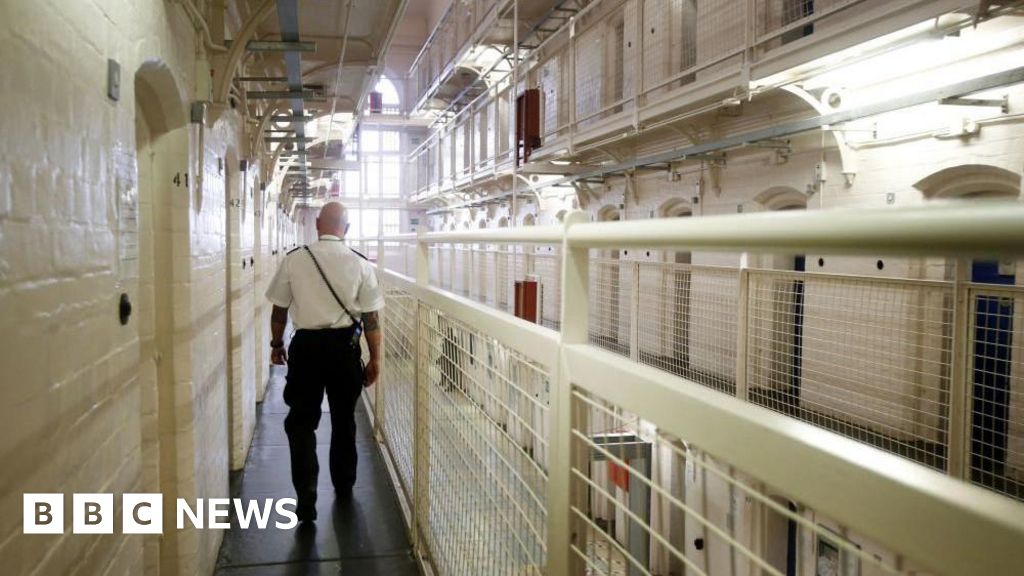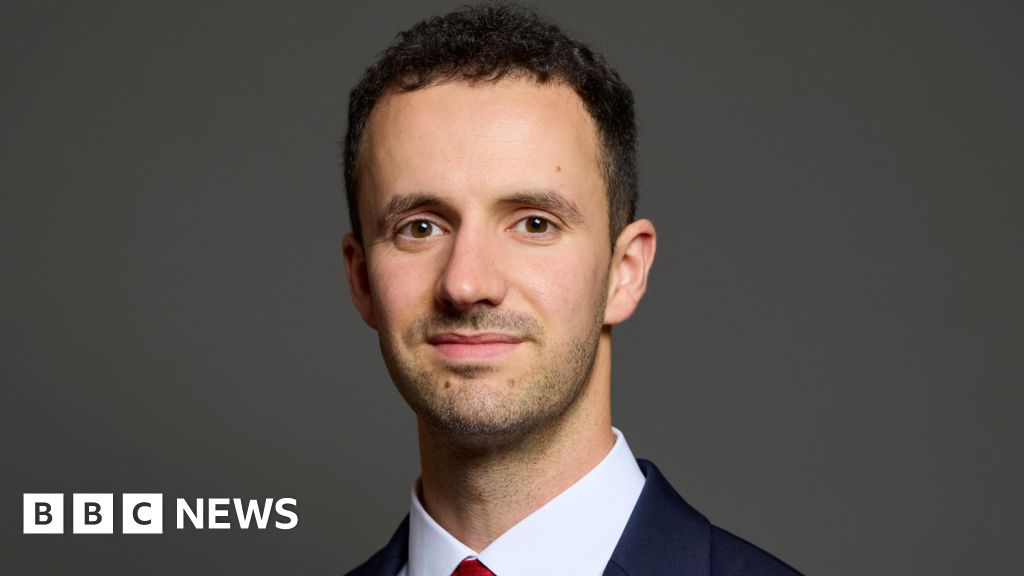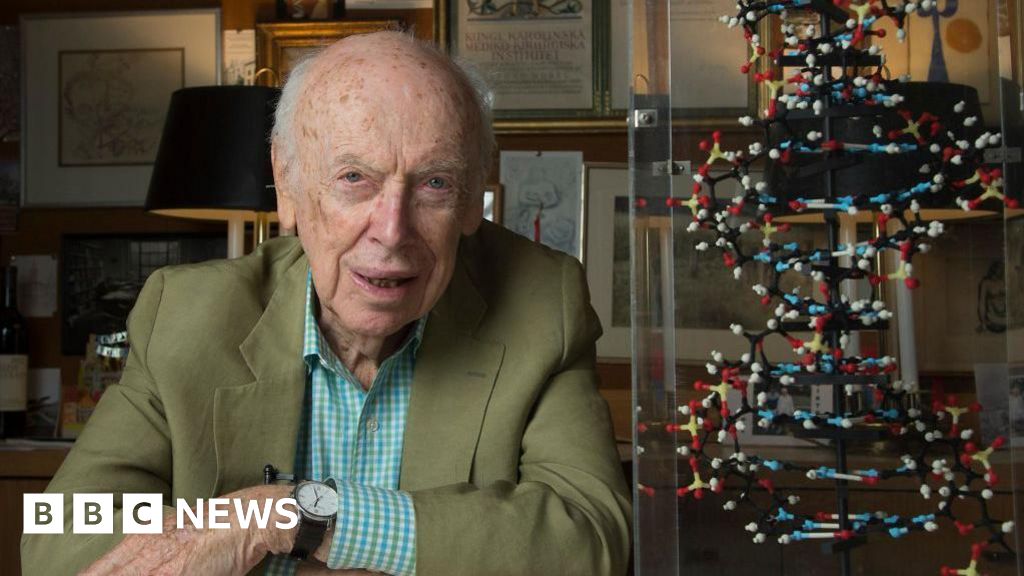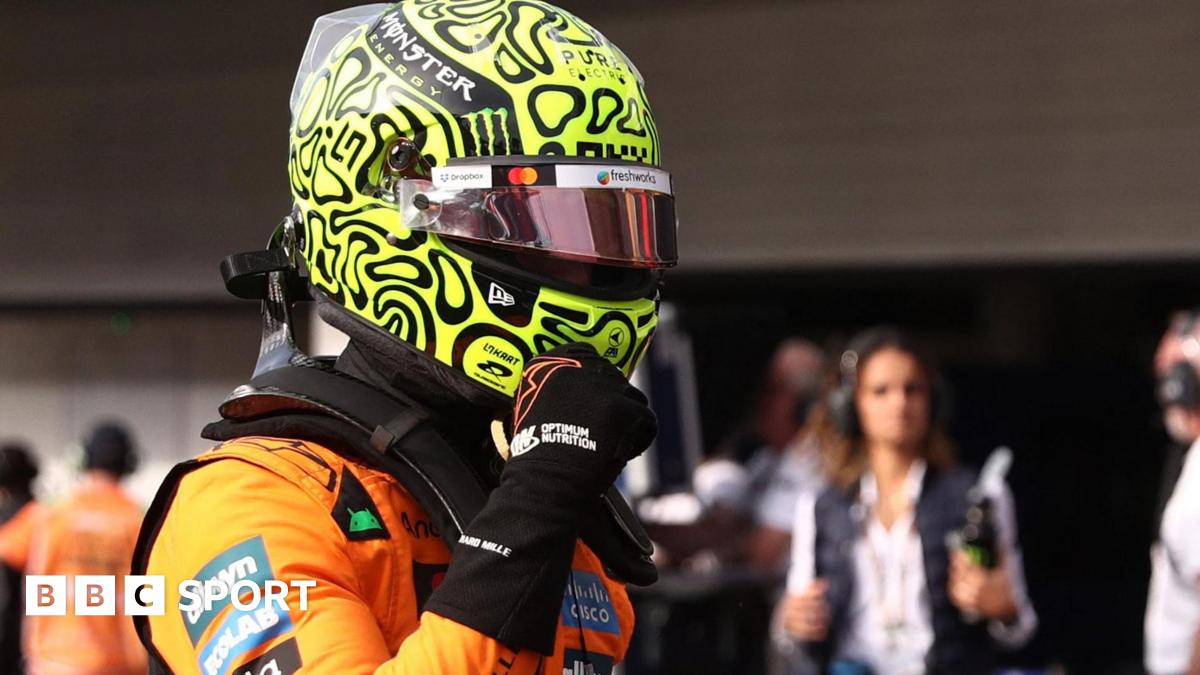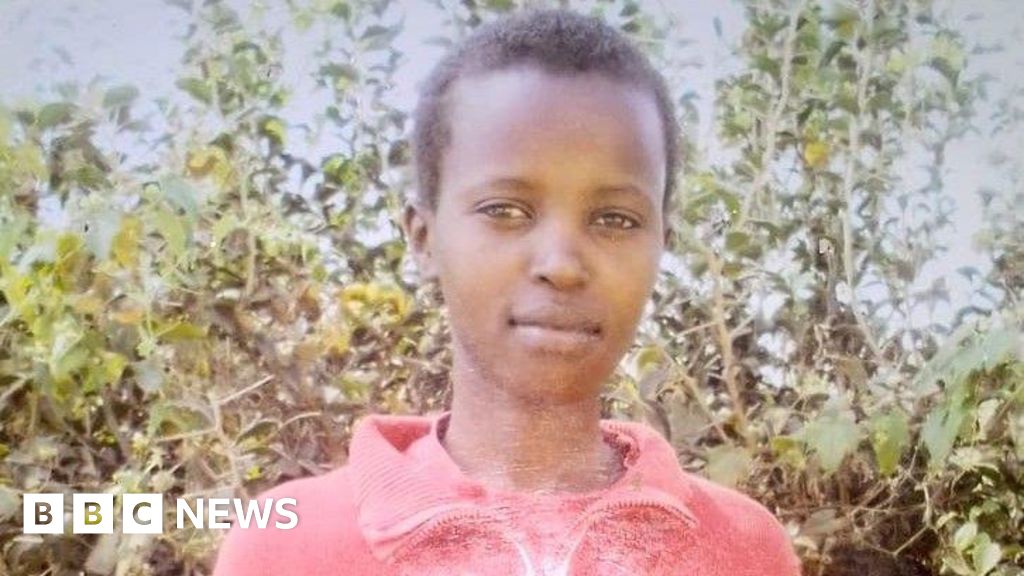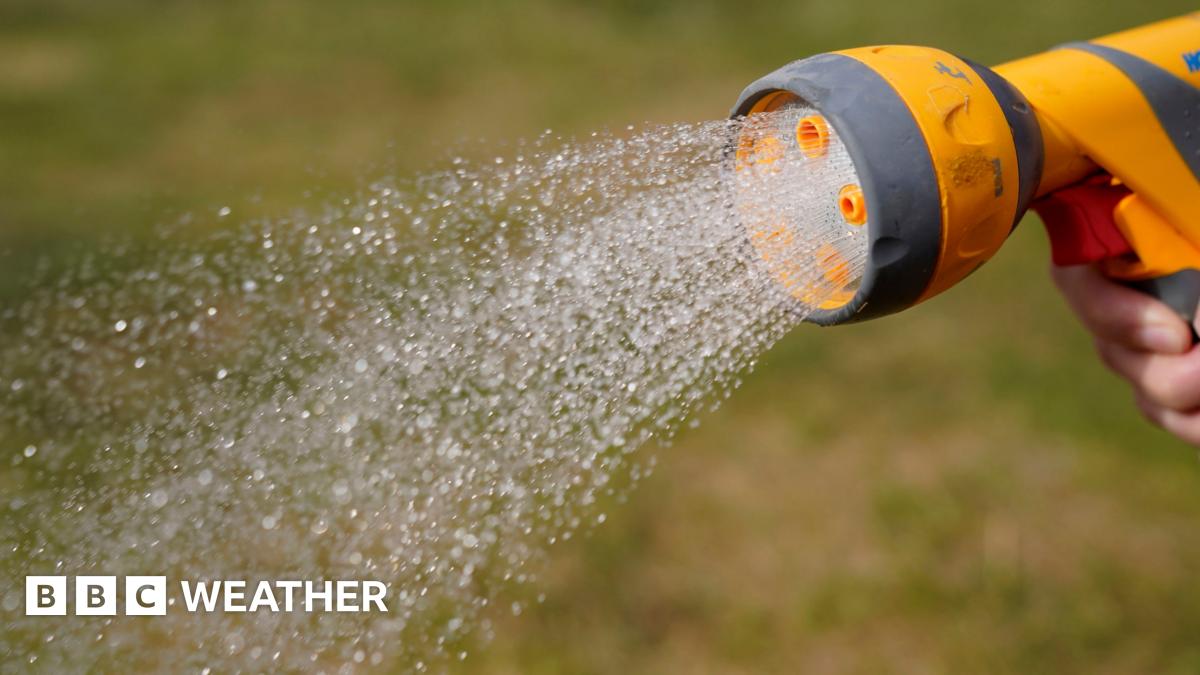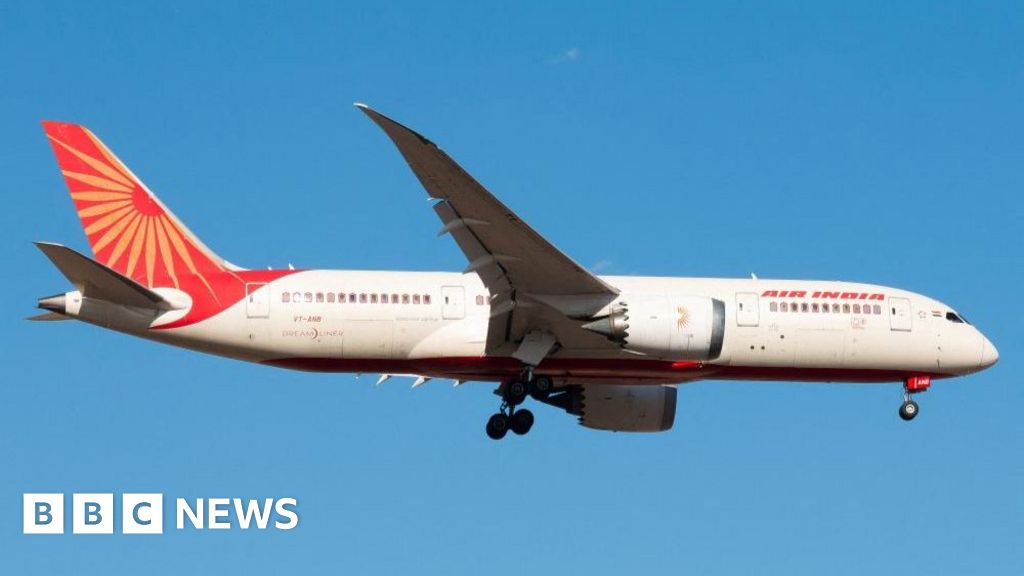Watch: Key moments from the 'Nest-flix' 2025 chicks
Since the end of August, tens of thousands of Australians have been tuning in to "Nest-flix", a high drama 24-hour reality channel that first became a hit during the Covid pandemic.
Sometimes compared to Game of Thrones, it features airborne fights, cuckolds, births, breakups and earthquakes, courtesy of its stars - the peregrine falcons who live at the top of a Melbourne skyscraper.
Currently fans are waiting for the moment when this year's chicks, which began hatching at the end of September, attempt their first flight.
They can be seen running up and down flapping their wings on the ledge – 34 storeys high – while their mother has been flying past with pigeons in her talons. "She's teasing the chicks, going 'You wanna eat? Well you gotta fly'," says Dr Victor Hurley, founder of the Victorian Peregrine Project.
The goading and deliberate reduction in food encourages them to fly and helps them lose weight, he says. "Their wings are growing and getting bigger and they get a better wing load ratio to wing load area so they can lift off easier."
The launch of 'Nest-flix'
Dr Hurley was first tipped off to the peregrine nesting site on the office building at 367 Collins Street in 1991, the year he established the Victorian Peregrine Project, a volunteer group dedicated to the preservation of the species.
But he realised the falcons were having no success because they had laid their eggs in a metal gutter, which acts as a heat sink, drawing warmth away from the nest. "Rain gutters in winter in Melbourne, that was always going to end badly," he says.
Dr Hurley recommended the building managers put in a nest box - which they agreed to do - and the following year three chicks were born. A CCTV camera was put in to observe the nest in 1993 and every year at breeding time Dr Hurley would drag his large screen TV into the foyer so that people in the building could watch.
Then in 2017 a webcam was installed and "Nest-flix" was broadcast live on YouTube. The falcons also have their own Facebook fan page with more than 50,000 members.
"It's quite a supportive corner of the internet where people just enjoy watching birds," says Kylie Humrick, who joined the group in 2017 and has since become one of its moderators. "During Covid the group just exploded because it gave people a sense of connection to the world around them."
"We hear a lot about how wildlife is struggling and it's good to see some birds that are thriving in the built environment," she adds. A favourite moment was in 2021 when the livestream captured a falcon being startled off the nest by an earthquake.
Watch: The peregrine falcon’s viral moment reacting to a 2021 Melbourne earthquake
Fights and 'floaters'
Over the years the nest has been inhabited by six to seven different pairs of falcons, possibly more. The piece of central Melbourne real estate is "highly prized" by the birds, Dr Hurley says. "There's a guarantee of hot and cold running pigeons and sparrows all year round. So food's laid on for them."
This, and the fact that peregrine falcons are extremely territorial - the closest they'll nest to each other is about 1.6km - has led to some spectacular fights over the nesting site with "floaters" - peregrines who haven't paired off or established their own territory - launching raids.
In 2022, drama ensued when a male falcon (described as "wimpy" by Dr Hurley) was replaced by a younger bird halfway through the incubation period after a weeks-long battle.
The older male was almost certainly killed by the "step-father" who was "rubbish" at his new incubation duties, says Dr Hurley, although he notes that at least he didn't eat the chicks when they hatched as has been known to happen and did in fact provide them with their first feed.
"People started referring to him as the dad that stepped up," says Ms Humrick.
Then in 2023, the resident female falcon appeared to have sustained brain damage after getting "beaten up" by another female. "She retained the territory for a couple of weeks but she was standing next to the eggs all night one night in winter so she was clearly not alright," says Dr Hurley. There were no chicks that year.
Years earlier another female falcon was killed in a seven-hour fight that was so loud the building managers called Dr Hurley.
Dr Hurley emphasises that these behaviours are natural and has rejected entreaties from falcon watchers to intervene. "These things kills other birds for a living, that's their specialty and when they're taking over nests there's no prisoner abuse scandal, they just kill each other."
Peregrine falcons, which were once nearly wiped out in Australia due to the use of pesticides in agriculture, have staged a recovery since the 1980s when DDT and other chemicals were banned.
The birds - known as the fastest animals on earth, reaching speeds of up to 389km/h - are now to be found in almost every major city across the country, where tall buildings mimic the cliffs they prefer in nature.


The peregrine chicks are expected to fledge any day now
But they still face challenges, not least their first flight, which for the chicks at 367 Collins Street is expected any day soon. The male chick is expected to fly first, possibly as early as Saturday, followed around a week later by his two sisters. Female chicks are typically 30% heavier than their brothers, so they take a little longer to develop the necessary strength to fly.
Dr Hurley hopes they all take their time as that means "they'll be stronger and more capable"; an ill-timed gust of wind could blow them into a window or they could land badly. One of last year's chicks had to spend several weeks at a rehabilitation centre after becoming trapped behind a glass balcony screen on another skyscraper.
Once they make their first kill they'll be on their own, potentially chased out of the territory altogether depending on the ruthlessness of their parents. A 60% mortality rate in the first year means it's a "tough gig" being a young peregrine falcon, Dr Hurley observes, adding that such a rate is common among predators.
"If every lion that was born survived to become an adult and breed, you'd run out of zebra and wildebeest pretty quick."
It's not clear what has happened to the earlier chicks from Collins Street despite up to 40 being banded, but they will usually travel tens of kilometres away to establish their own territories and avoid inbreeding. If they survive their second year - two thirds do not - they can begin breeding at three.
Among the Facebook watchers excitement is building ahead of the expected fledging. "Headed to Melbourne soon and binoculars already packed, hoping to spot them!" one group member posted this week. "Be still my freaked out heart," another wrote as one chick perched close to the edge of the ledge.
"It's always an exciting time in the group, viewership definitely goes up the closer we get to fledging. People look forward to seeing them go out into the world," says Ms Humrick. "We don't know what happens to them after they fledge but it's nice to see them reach that milestone."

 2 hours ago
4
2 hours ago
4







